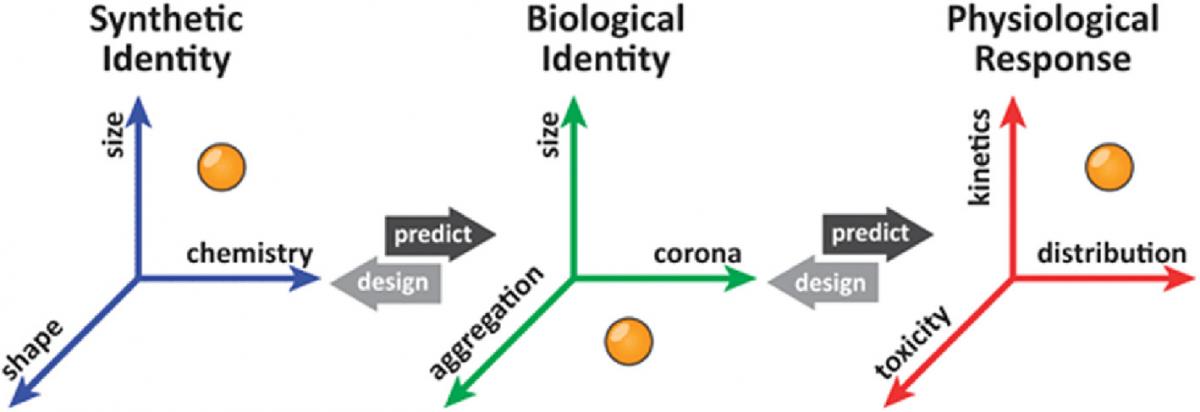Keeping it real: The importance of material characterization in nanotoxicology
Bengt Fadeela, Andrea Fornarab, Muhammet S. Toprakc, Kunal Bhattacharyaa
aDivision of Molecular Toxicology, Institute of Environmental Medicine, Karolinska Institutet, Stockholm, Sweden
bUnit for Chemistry, Materials and Surfaces, SP Technical Research Institute of Sweden, Stockholm, Sweden
c Functional Materials Division, Department of Materials and Nano Physics, Royal Institute of Technology, Stockholm, Sweden

ABSTRACT
Nanomaterials are small and the small size and corresponding large surface area of nanomaterials confers specific properties, making these materials desirable for various applications, not least in medicine. However, it is pertinent to ask whether size is the only property that matters for the desirable or detrimental effects of nanomaterials? Indeed, it is important to know not only what the material looks like, but also what it is made of, as well as how the material interacts with its biological surroundings. It has been suggested that guidelines should be implemented on the types of information required in terms of physicochemical characterization of nanomaterials for toxicological studies in order to improve the quality and relevance of the published results. This is certainly a key issue, but it is important to keep in mind that material characterization should be fit-for-purpose, that is, the information gathered should be relevant for the end-points being studied.
(for full presentation, please visit this link)
